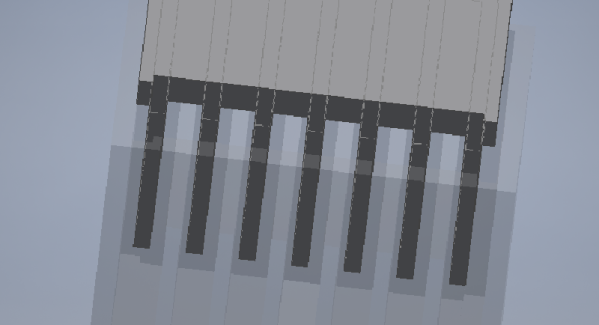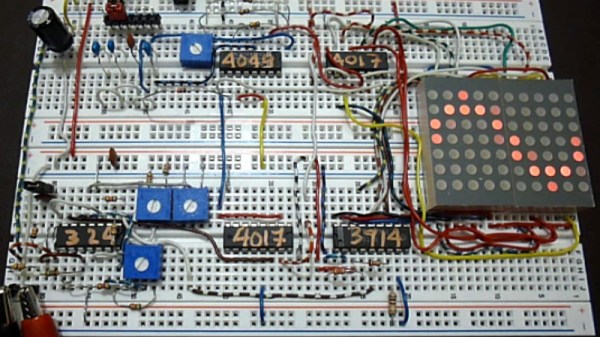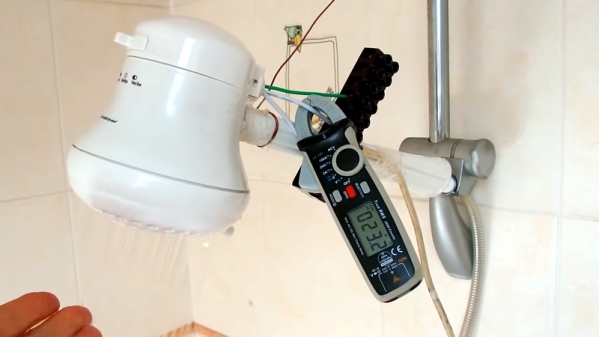If you want something to move with electricity, odds are you’ll be using magnets. Deep inside every servo, every motor, and every linear actuator is a magnet and some coils of wire. There is another way of making things move, though: electrostatics. These are usually seen in tiny MEMS devices, and now we have tiny little electrostatic speakers making their way into phones and other miniature devices.
For [Nathann]’s Hackaday Prize entry, he’s building electrostatic actuators on the cheap, and not just tiny ones, either. He’s building ‘human’ scale electrostatic devices.
The reason electrostatic devices are usually very small is simple: the force of any actuator is dependent on the distance between the plates and the voltage. Moving the plates closer together is right out, or else they would be touching, so the solution to building bigger electrostatic actuators is increasing the voltage. [Nathann] is doing this with a cheap boost converter that’s actually sold as a taser module. These modules are small, output about 800kV, and cost around five bucks.
The prototype for this project is basically a 3D printed box with intersecting fins. These fins are covered in aluminum foil, and the box is filled with oil to prevent arcing. Will it work? That remains to be seen, but this project is a great example of what can be done with some creative part sourcing, a 3D printer, and a tiny bit of know-how. It’s some of the best work the Hackaday Prize has to offer, and we’re amazed that [Nathann] put in the work to make this happen.












 After contemplating a few solutions, he opted for one which wouldn’t offend the coffee gods. The machines use a high current to produce their heat, so he adapted some old remote control power sockets for the machines to plug into which would now monitor the current. A high current means the coffee is brewing and he knew that brewing takes one minute per cup, so the duration of the high current tells him the number of cups.
After contemplating a few solutions, he opted for one which wouldn’t offend the coffee gods. The machines use a high current to produce their heat, so he adapted some old remote control power sockets for the machines to plug into which would now monitor the current. A high current means the coffee is brewing and he knew that brewing takes one minute per cup, so the duration of the high current tells him the number of cups.








